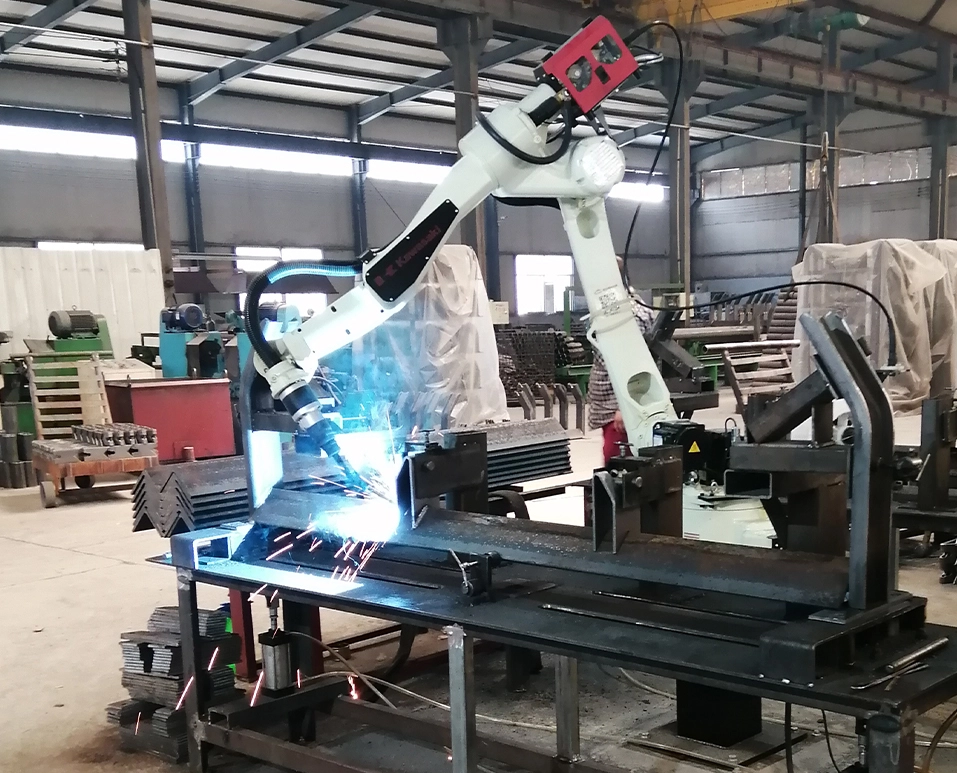 Afrikaans
Afrikaans  Albanian
Albanian  Amharic
Amharic  Arabic
Arabic  Armenian
Armenian  Azerbaijani
Azerbaijani  Basque
Basque  Belarusian
Belarusian  Bengali
Bengali  Bosnian
Bosnian  Bulgarian
Bulgarian  Catalan
Catalan  Cebuano
Cebuano  Corsican
Corsican  Croatian
Croatian  Czech
Czech  Danish
Danish  Dutch
Dutch  English
English  Esperanto
Esperanto  Estonian
Estonian  Finnish
Finnish  French
French  Frisian
Frisian  Galician
Galician  Georgian
Georgian  German
German  Greek
Greek  Gujarati
Gujarati  Haitian Creole
Haitian Creole  hausa
hausa  hawaiian
hawaiian  Hebrew
Hebrew  Hindi
Hindi  Miao
Miao  Hungarian
Hungarian  Icelandic
Icelandic  igbo
igbo  Indonesian
Indonesian  irish
irish  Italian
Italian  Japanese
Japanese  Javanese
Javanese  Kannada
Kannada  kazakh
kazakh  Khmer
Khmer  Rwandese
Rwandese  Korean
Korean  Kurdish
Kurdish  Kyrgyz
Kyrgyz  Lao
Lao  Latin
Latin  Latvian
Latvian  Lithuanian
Lithuanian  Luxembourgish
Luxembourgish  Macedonian
Macedonian  Malgashi
Malgashi  Malay
Malay  Malayalam
Malayalam  Maltese
Maltese  Maori
Maori  Marathi
Marathi  Mongolian
Mongolian  Myanmar
Myanmar  Nepali
Nepali  Norwegian
Norwegian  Norwegian
Norwegian  Occitan
Occitan  Pashto
Pashto  Persian
Persian  Polish
Polish  Portuguese
Portuguese  Punjabi
Punjabi  Romanian
Romanian  Russian
Russian  Samoan
Samoan  Scottish Gaelic
Scottish Gaelic  Serbian
Serbian  Sesotho
Sesotho  Shona
Shona  Sindhi
Sindhi  Sinhala
Sinhala  Slovak
Slovak  Slovenian
Slovenian  Somali
Somali  Spanish
Spanish  Sundanese
Sundanese  Swahili
Swahili  Swedish
Swedish  Tagalog
Tagalog  Tajik
Tajik  Tamil
Tamil  Tatar
Tatar  Telugu
Telugu  Thai
Thai  Turkish
Turkish  Turkmen
Turkmen  Ukrainian
Ukrainian  Urdu
Urdu  Uighur
Uighur  Uzbek
Uzbek  Vietnamese
Vietnamese  Welsh
Welsh  Bantu
Bantu  Yiddish
Yiddish  Yoruba
Yoruba  Zulu
Zulu roller guides
The Importance of Roller Guides in Modern Machinery
Roller guides are essential components used in a variety of machinery and equipment, serving crucial roles in enhancing performance, reducing friction, and ensuring smooth operation. They are typically utilized in applications ranging from conveyors and automation systems to precision machining tools and CNC (Computer Numerical Control) machines. This article aims to discuss the significance, types, and applications of roller guides, along with their benefits in modern industrial settings.
What Are Roller Guides?
Roller guides are mechanical devices designed to support and guide the movement of machinery components with minimal friction. They consist of rollers mounted within a frame or track, allowing for the smooth movement of heavy loads or complex machinery parts. By distributing the load over a larger surface area, roller guides significantly reduce wear and tear, extending the lifespan of both the guiding elements and the equipment they are part of.
Types of Roller Guides
There are several types of roller guides, each designed for specific applications. The most common include
1. Linear Roller Guides These guides allow linear motion and are widely used in automation, robotics, and CNC machines. They help maintain precise alignment, enabling high-speed and accurate movement of linear stage components.
2. Roller Bearings These are specialized types of roller guides that facilitate rotational motion and support radial loads. Roller bearings come in various configurations, including cylindrical, tapered, and spherical, each suited for different load requirements and directional forces.
3. V-Roller Guides These guides are designed with a V-shaped profile to enhance stability and reduce lateral movement. They are often used in applications where maintaining a specific path is critical, such as in conveyor systems or material handling equipment.
4. Cam Followers Although slightly different in function, cam followers are a type of roller guide designed to ride along a cam profile, providing smooth intermittent motion in applications like robotics and automated machinery.
Applications of Roller Guides
The versatility of roller guides allows them to be utilized in a multitude of industrial applications
roller guides

- Manufacturing and Assembly Lines Roller guides are commonly found in conveyor systems, enabling the smooth transportation of materials and products through manufacturing processes.
- CNC Machines Precision is of the utmost importance in CNC machines, where roller guides provide stability and accuracy during machining processes, ensuring high-quality results
.- Robotics In robotic arms and automation systems, roller guides enable the precise and efficient movement required for tasks such as assembly, painting, and material handling.
- Textile Machinery In textile manufacturing, roller guides are instrumental in guiding threads and fabrics through various processes, minimizing friction and preventing damage.
Benefits of Roller Guides
The incorporation of roller guides into machinery brings several advantages
1. Reduced Friction Roller guides minimize the friction between moving parts, resulting in lower energy consumption and reduced wear on components.
2. Enhanced Load Capacity By distributing loads evenly, roller guides can support heavier weights than traditional guiding methods, making them ideal for heavy-duty applications.
3. Increased Accuracy Precision movement facilitated by roller guides enhances the accuracy of operations in industries that require exact specifications, which is critical for quality control.
4. Lower Maintenance Costs The durability and efficiency of roller guides lead to increased machinery uptime and reduced maintenance requirements, translating to lower operational costs over time.
Conclusion
Roller guides play an indispensable role in modern machinery, enhancing operational efficiency and precision across various industries. Their ability to reduce friction, improve load capacity, and ensure smooth movement is vital for the functionality of numerous applications. As technology continues to evolve, the design and materials used in roller guides are likely to advance, allowing for even greater performance and reliability in the machinery of the future. Ultimately, investing in high-quality roller guides can significantly contribute to the productivity and longevity of industrial equipment.
-
Taper Centering Idler Set for Conveyor SystemsNewsJun.25,2025
-
Small Idler Rollers for Industrial ConveyorsNewsJun.25,2025
-
Guide Training Idler Set for Conveyor MaintenanceNewsJun.25,2025
-
Friction Offset Idler Set for Industrial UseNewsJun.25,2025
-
Double-Center-Roller Idler AlignmentNewsJun.25,2025
-
Channel Inset Impact Troughing Idler Set for Heavy LoadsNewsJun.25,2025





























